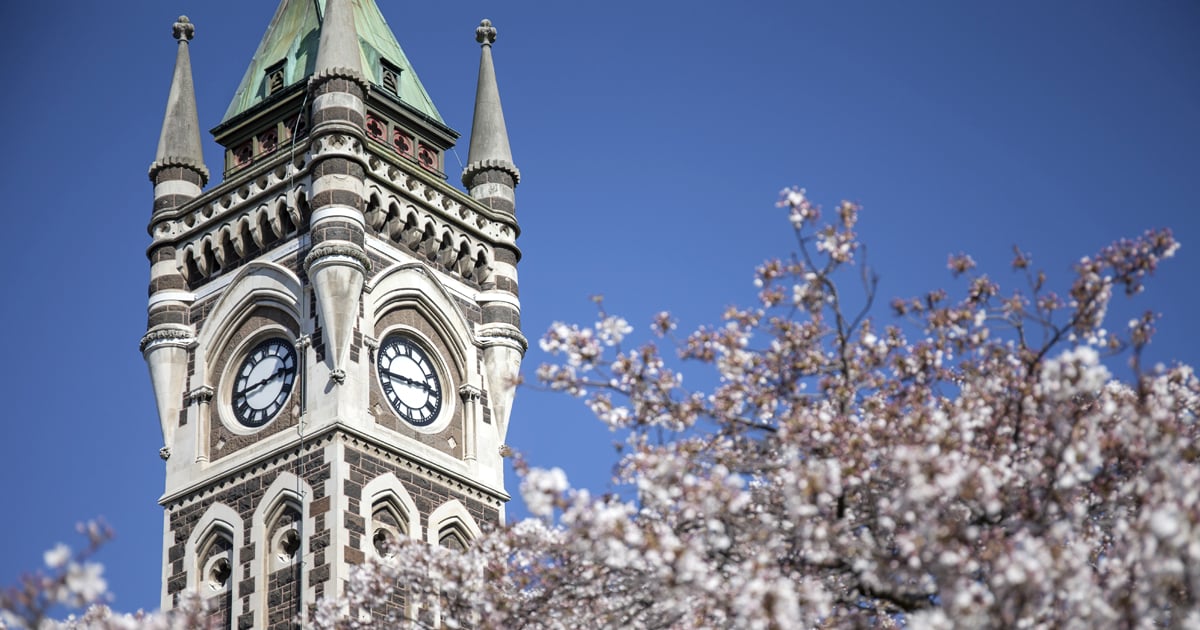GSNZ President's lunchtime talk: Unlocking a record of UV-B radiation hidden in fossil pollen
A lunch time seminar presented by Geoscience Society of New Zealand President Kat Holt of Massey University
Fossil pollen and spores ('sporomorphs') provide important proxy records of vegetation and environmental change. Their power in this respect traditionally comes from inter-taxon morphological variation. However, fossil sporomorphs offer other avenues for environmental reconstruction through chemical signatures within individual sporomorph particles. UV-B-absorbing pigments are an important component sporomorph walls, as they act as a protectant or 'sunscreen' for the plant's genetic material contained within. Recent work has demonstrated that plants upregulate levels of these pigments within pollen in response to exposure to higher levels of UV-B radiation.
This relationship provides the basis for using fossil pollen to produce proxy records of surface UV-B levels through time, which in turn can be used to answer questions about solar activity, atmospheric processes, and even paleo-elevation. To date, this method has only been applied to a handful of records, all within the Northern Hemisphere.
This presentation will detail new work underway to apply this method here in Aotearoa-NZ, with the aim of understanding how our UV climate may have varied through time in response to variations in solar activity, Milankovitch variations and other processes.
